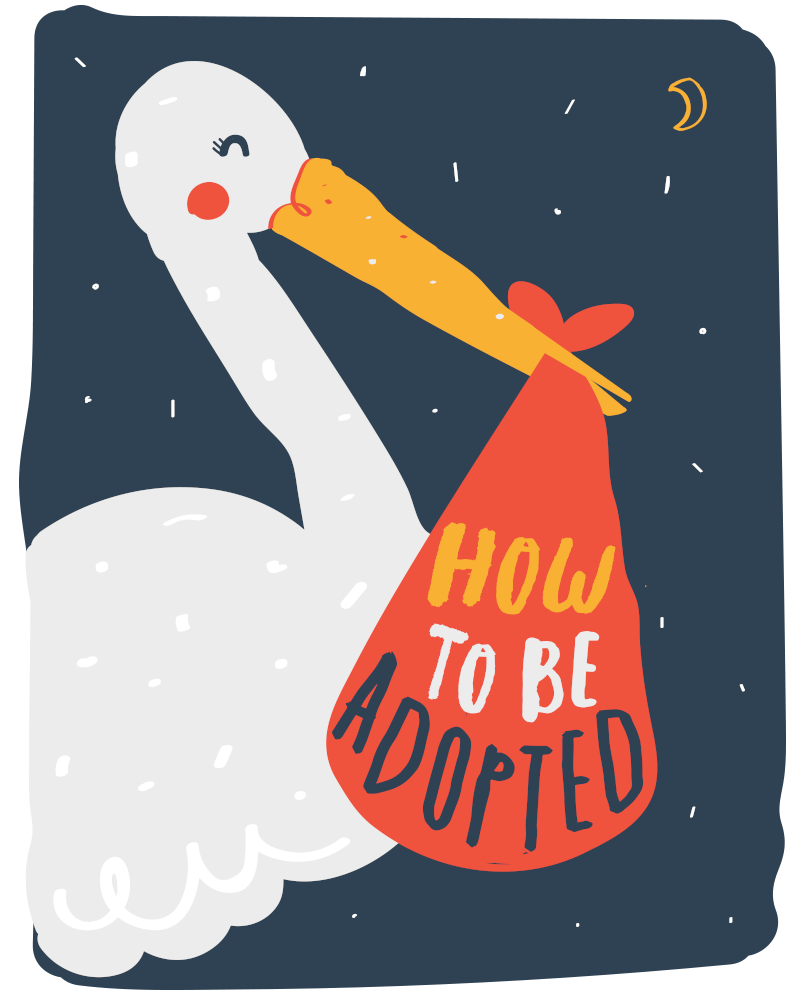Born into a bubble of love?
Does the emotional environment around a child’s birth matter?
I woke up today thinking about childbirth. I couldn’t remember if I cried when my children were born. I do know that my first child was placed in my arms after a minute or two and my second came to me immediately. This second birth was my “good birth”. The room was full of love, joy and even laughter. My face was serene and my smile was wide. There was a celebratory feeling in the room and even some laughter – such a great reliever of tension.
We’d planned for this second birth to be as calm as possible because the birth of our first child had been stressful. This made me wonder about the experience my birth mother had, and how it may have affected me as a newborn and beyond.
Pregnant in the late 1970s, society’s judgement of unmarried mothers at that time would certainly have had an impact on her treatment during antenatal checks and at my birth. In fact, she has told me herself that many medical professionals were dismissive, rude and even negligent. This is a horrible experience for a petrified young woman, and I am sure the baby (i.e. me) would have picked up on the sadness and shame in the room.
This got me thinking about one possible difference between traditional and contemporary adoption. For children adopted today, with the trauma they carry and the challenges they face, many* will have one thing we older adoptees didn’t have: a happy birth. Although there was perhaps a chaotic environment at home or much deeper problems that would become apparent in months to come, to be born into a bubble of love and placed straight into your mother’s arms? That’s something that no one can ever take away from you.
*Not all, of course.
If you are interested in the themes of this blog post, I recommend reading more about
Anne Heffron is also a great person to follow on Instagram as she talks a lot about how the initial “welcome” into the world may have affected her as an adoptee.
Photo by Aditya Romansa on Unsplash
